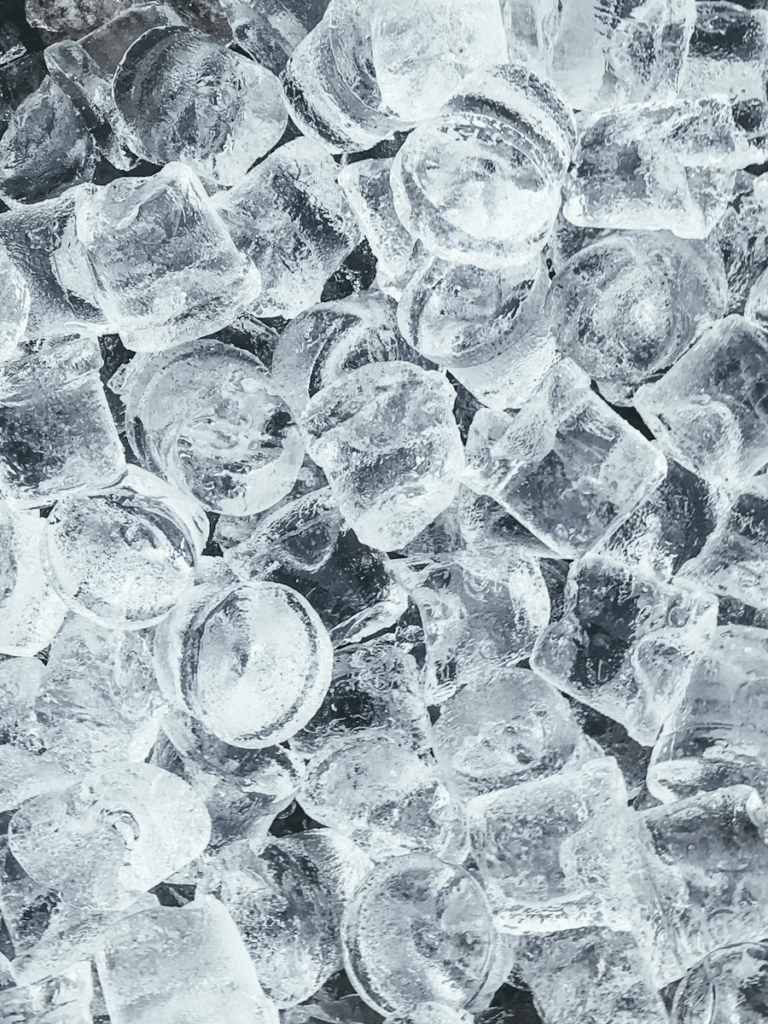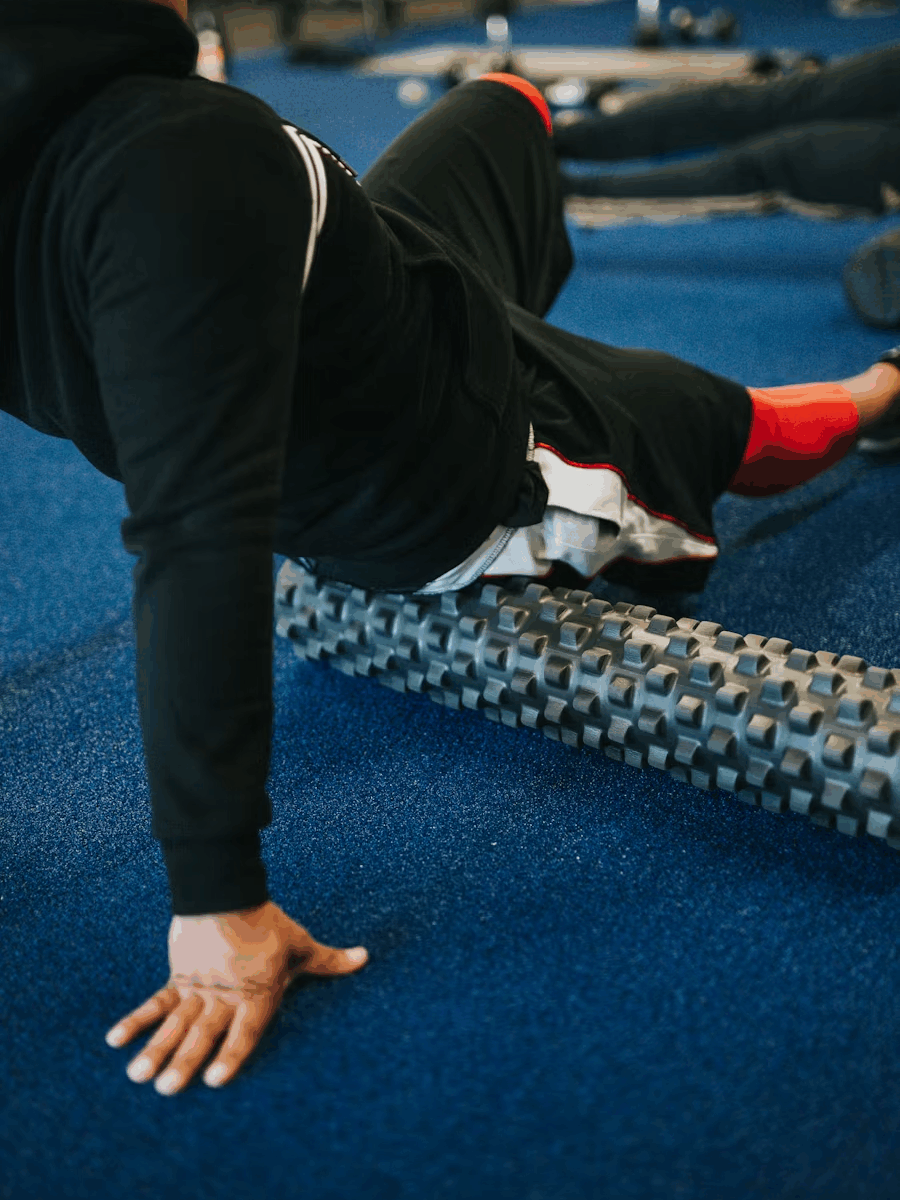Recovery is just as important as the workout itself, especially in Singapore’s fast-paced fitness scene, where people are constantly on the move. Whether you’re training at a boutique gym in Tanjong Pagar or pushing limits at a boot camp in East Coast, recovery tools have become a must-have. According to certified personal trainers across the island, these tools can make or break your progress, especially if you’re aiming for strength, performance, or simply feeling less sore the next day.
In this guide, we’ll explore the top recovery tools recommended by personal trainers in Singapore, explain why they are effective, and guide you on how to use them effectively. We’ll also include local buying options to help you get started on your recovery journey.
- 1. Foam Rollers
- 2. Massage Guns
- 3. Resistance Bands
- 4. Compression Gear
- 5. Epsom Salt Baths or Magnesium Sprays
- 6. Recovery Sliders or Stretching Straps
- 7. Cold Compress or Ice Packs
Why Recovery Tools Matter in Your Fitness Journey
Singaporeans are becoming increasingly health-conscious. Functional fitness, HIIT, strength training, and even hybrid classes are now the norm. But the one thing that often gets left behind? Recovery.
Recovery tools help reduce muscle soreness, improve circulation, prevent injury, and support muscle growth. For HDB warriors and condo gym regulars alike, investing in recovery means you can train smarter not harder.
1. Foam Rollers
What It Does:
Foam rolling, or self-myofascial release, helps release tight spots (a.k.a. “knots”) in your muscles. It increases blood flow and mobility, especially after leg day or HIIT.
Best For:
- Post-workout recovery
- Lower back tension
- Hamstrings, quads, calves
Where to Buy:
- Decathlon Singapore
- Lazada or Shopee (look for “foam roller massage”)
- Watsons occasionally carries beginner-friendly options
2. Massage Guns
What It Does:
Massage guns offer rapid percussive therapy. They work deep into the muscle layers, helping with tightness and delayed onset muscle soreness (DOMS).
Best For:
- Intense lifters and CrossFitters
- Targeted pain relief
- Quick pre- or post-workout sessions
Brands Trusted in SG:
- Theragun
- Hydragun (a local Singaporean brand)
- RENPHO (budget-friendly option)
3. Resistance Bands
What It Does:
While usually used for strength training, resistance bands also support recovery. They help with stretching, mobility drills, and rehabilitation exercises.
Best For:
- Mobility warmups
- Glute activation
- Gentle rehab for injuries
Where to Find:
- ActiveSG stores
- Sports shops like Royal Sporting House
- Online marketplaces
4. Compression Gear
What It Does:
Compression socks or sleeves help improve blood flow and reduce swelling, especially after a long run or a weights session.
Best For:
- Runners, cyclists, and long-walk lovers
- Reducing lactic acid build-up
- Lower leg recovery
Recommended Brands:
- 2XU
- Skins
- Decathlon’s in-house brands for affordability
5. Epsom Salt Baths or Magnesium Sprays
What It Does:
Epsom salt (magnesium sulfate) helps relieve muscle tension, soreness, and inflammation. For those without bathtubs in HDBs or condos, magnesium sprays are also an effective alternative.
Best For:
- Full-body relaxation
- Muscle cramps
- Night-time recovery
Where to Get It:
- Guardian or Watsons
- Nature’s Farm
- iHerb or Redmart
6. Recovery Sliders or Stretching Straps
What It Does:
These tools support guided stretching to improve flexibility and release muscle tightness. Especially useful after strength training or cardio days.
Best For:
- Improving range of motion
- Injury prevention
- Stretching quads, hamstrings, and back

7. Cold Compress or Ice Packs
What It Does:
Cold therapy helps reduce inflammation and numb pain. It’s beneficial after intense lifting sessions or minor injuries.
Best For:
- Swollen knees or joints
- Recovery from sprains
- Post-run muscle inflammation
How to Choose the Right Recovery Tool
Ask yourself:
- What type of workouts do I do?
- Which areas of my body feel sore most often?
- Do I want something portable?
- What’s my budget?
A casual gym-goer may benefit from just a foam roller and a stretching strap, while an endurance athlete may need a massage gun and compression gear.
Bonus Tip
Most personal trainers in Singapore recommend using a combination of tools depending on your training load. A simple sequence could look like:
- Pre-workout: Resistance band activation
- Post-workout: Foam rolling + static stretch
- Evening: Magnesium spray + compression wear
This holistic approach enhances recovery, reduces soreness, and helps you stay consistent with your training.
Final Thoughts
Recovery doesn’t have to be complicated or expensive. Start small: grab a foam roller or a stretch band and incorporate it into your routine. As your workouts intensify, consider upgrading to massage guns or compression wear.
Singapore’s weather, busy lifestyle, and urban gym culture demand that we train smart. Listening to your body and investing in recovery tools not only improves performance but also keeps your mind and body in peak condition.



You must be logged in to post a comment.